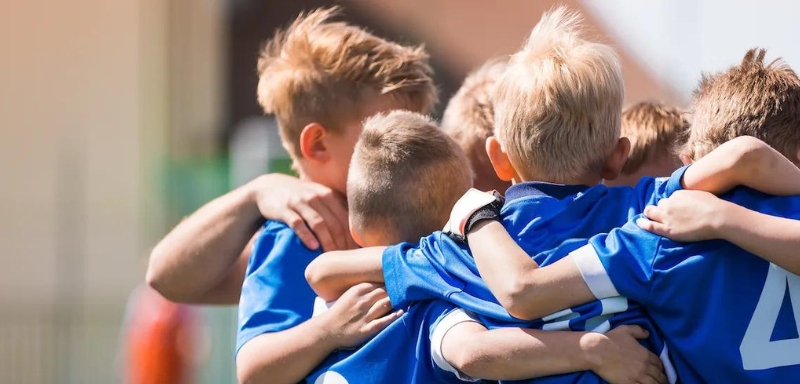Attitudes on sports have undoubtedly changed over the years, especially in youth sports. Since its inception, sports have been shown to have a positive impact on children’s lives. Outside of the health benefits, multiple studies including a national study from California State University (CSU) found that youth sports helped lower the risk of children developing developmental issues like anxiety.
This is mainly due to how youth sports exceed at providing a perfect space for social development in children, something that study leader and Cal State Fullerton assistant kinesiology professor Matt Hoffmann echoed Business Insider in an interview.
“The big thing we know about team sports, especially at a younger age, is you are feeling that sense of belonging with others, you’re developing friendships. We need that social aspect,” he said.
Unfortunately, despite its benefits, youth sports are in trouble. According to a study by the National Survey of Children’s Health (NSCH), youth sports participation dropped 6% between 2019 to 2022, 39.6% to 37.4%. While it would be easy to bring most of the blame down to the COVID-19 pandemic, the lockdowns only exacerbated an already existing problem. Simply put, for many families, sports aren’t a financially viable option for their children, and to those who are interested in enrolling their children into these programs, there simply aren’t any available options to choose from. It is a particular problem for children in the inner city and extremely rural areas.
Rick Eckstein, a professor of sociology at Villanova University echoed this to the New York Times, noting that youth sport participation currently circulates around children from suburban backgrounds, which offer them opportunities that rural areas, like urban areas, are left out of.
However, the problems only continue for children already participating in these sports, considering that, there has been a rising trend in children quitting. The American Academy of Pediatrics recently reported that around 70% of children left youth sports organizations by age 13 due to injury and burnout due to performance anxiety. This is the clear result of a workaholic culture that has developed around competitive sports. Parents and coaches alike, in an effort to push these children to be the best, have made these children push their bodies to the limit.
Simply enjoying playing the sport has fallen by the wayside, which often has the side effect of sports overtaking every aspect of their daily lives. Despite these problems, there have been efforts to go against the tide, but a proper solution won’t likely be seen for a long time.
Realistically, if one were to want to encourage more participation in youth sports, the best thing to start with is to give more opportunity to places that can reach children the most: schools and other public organizations.

